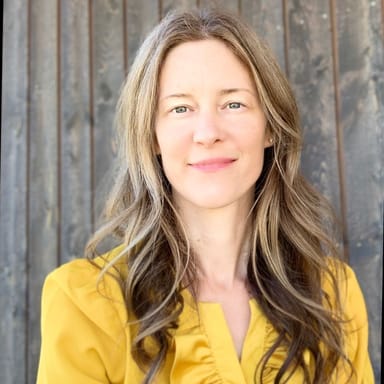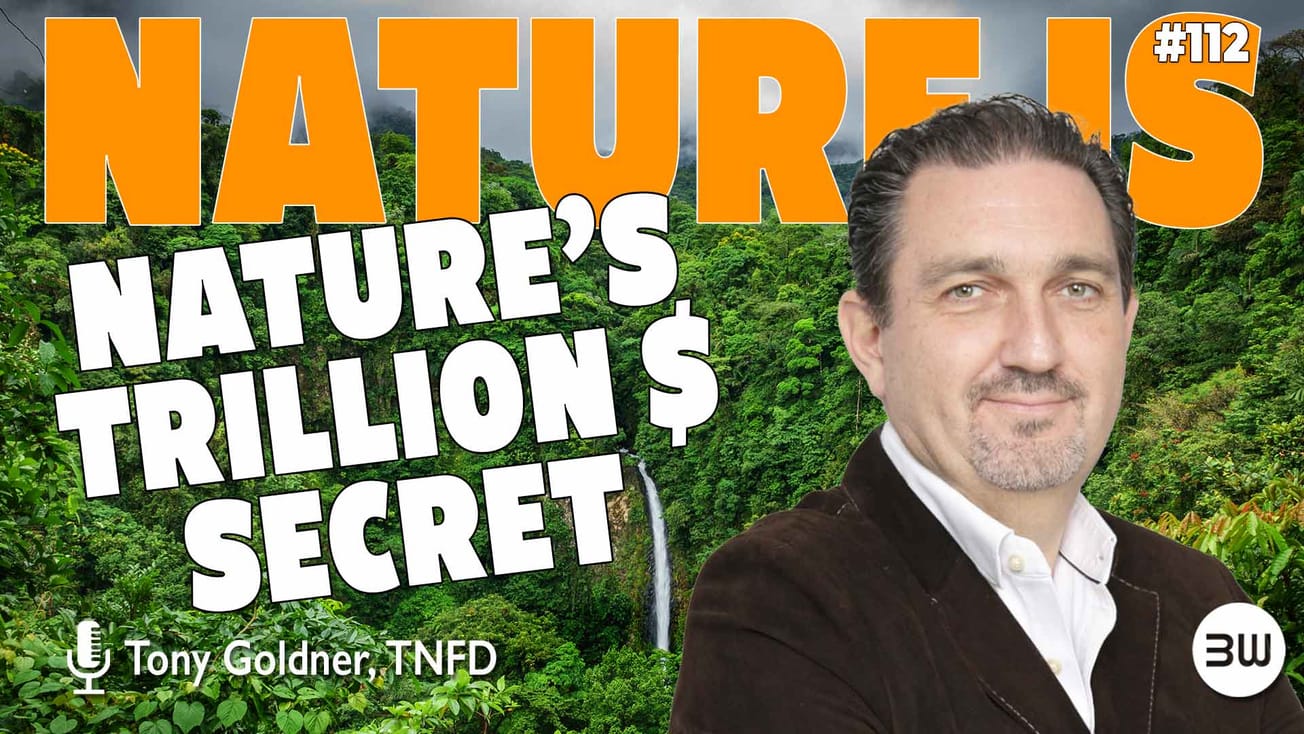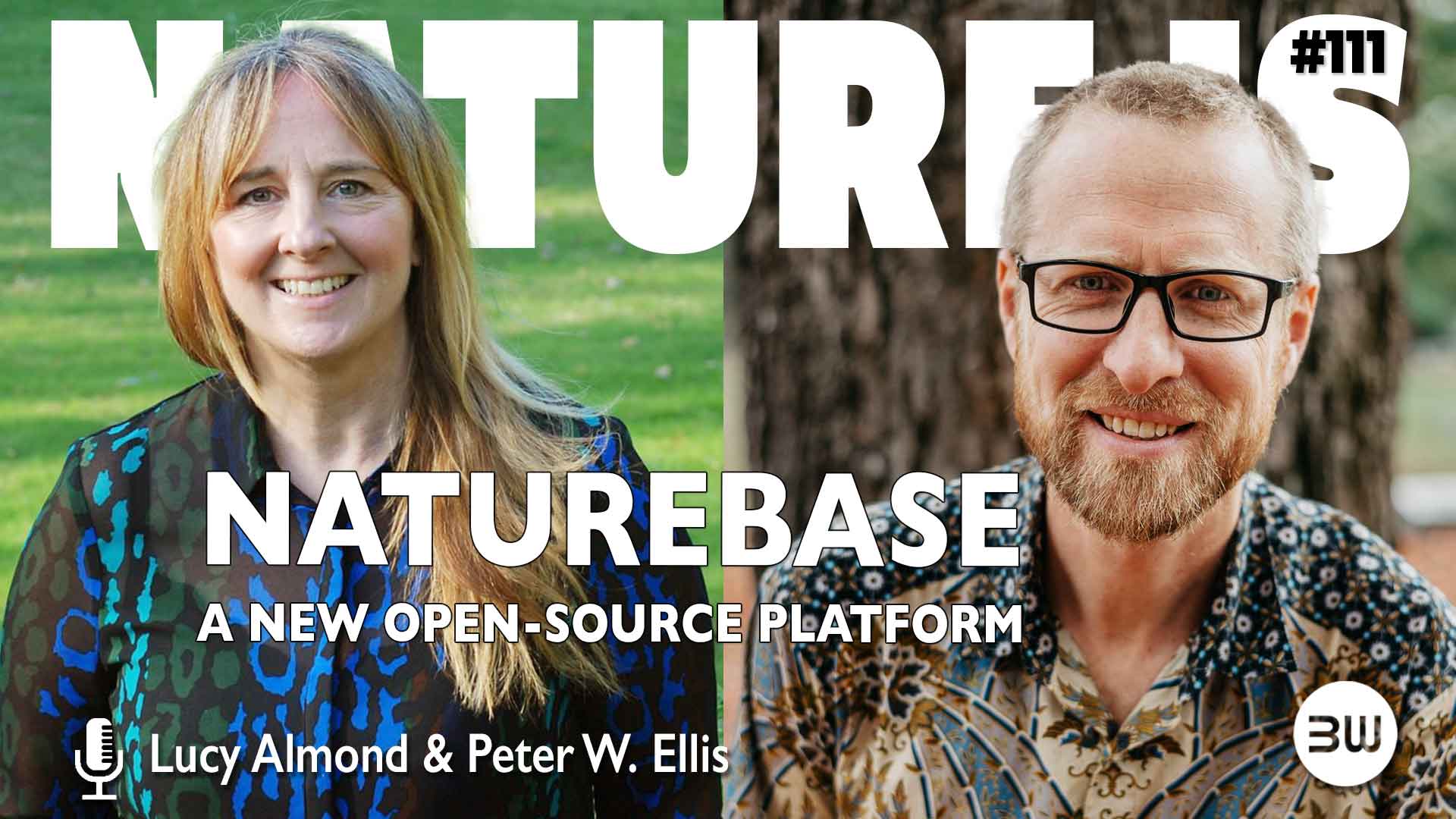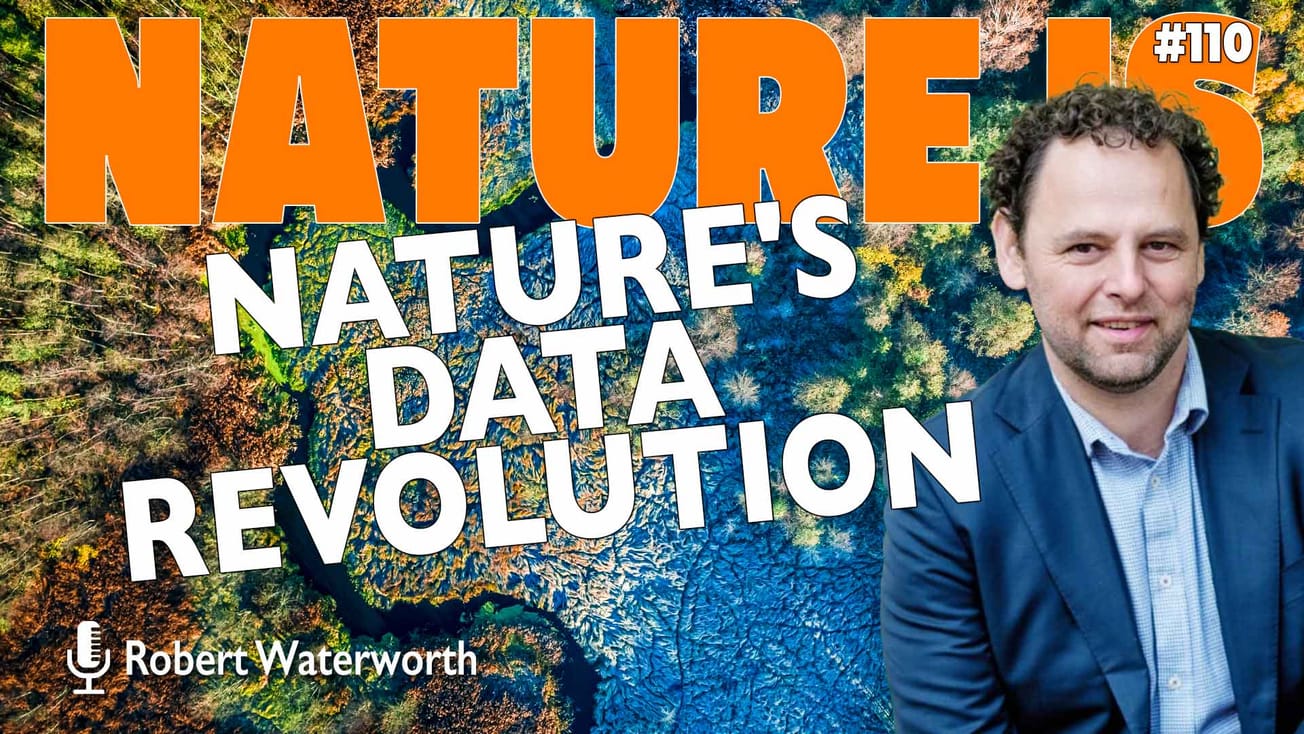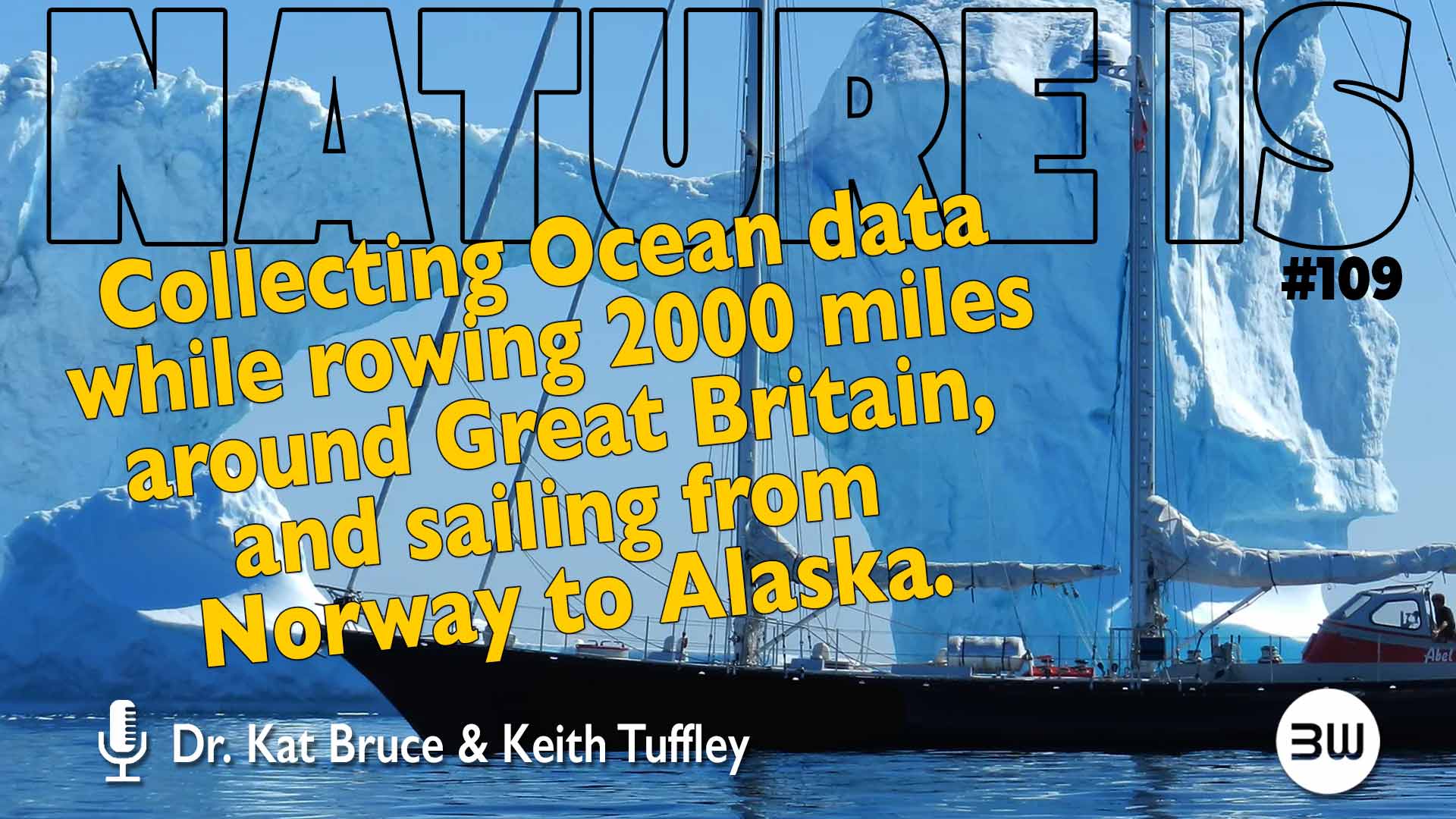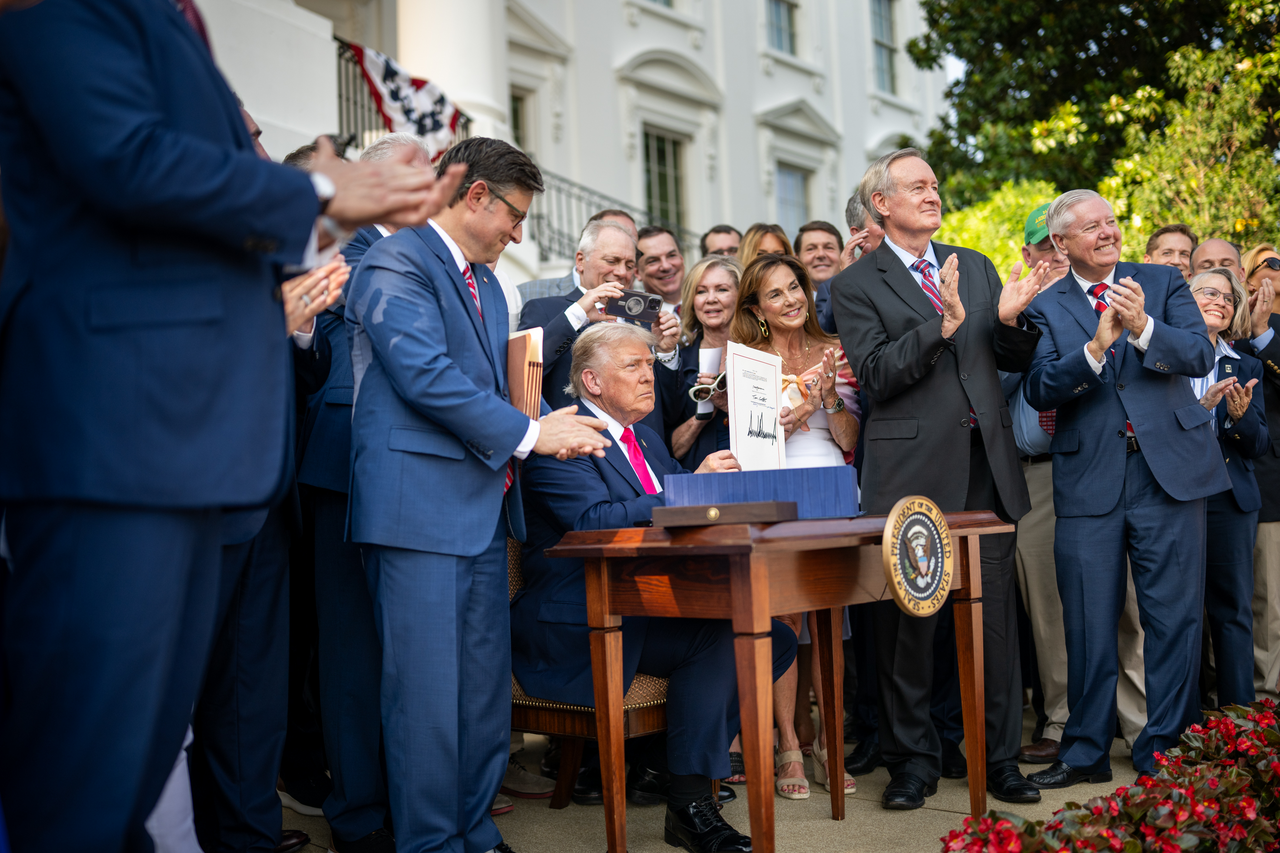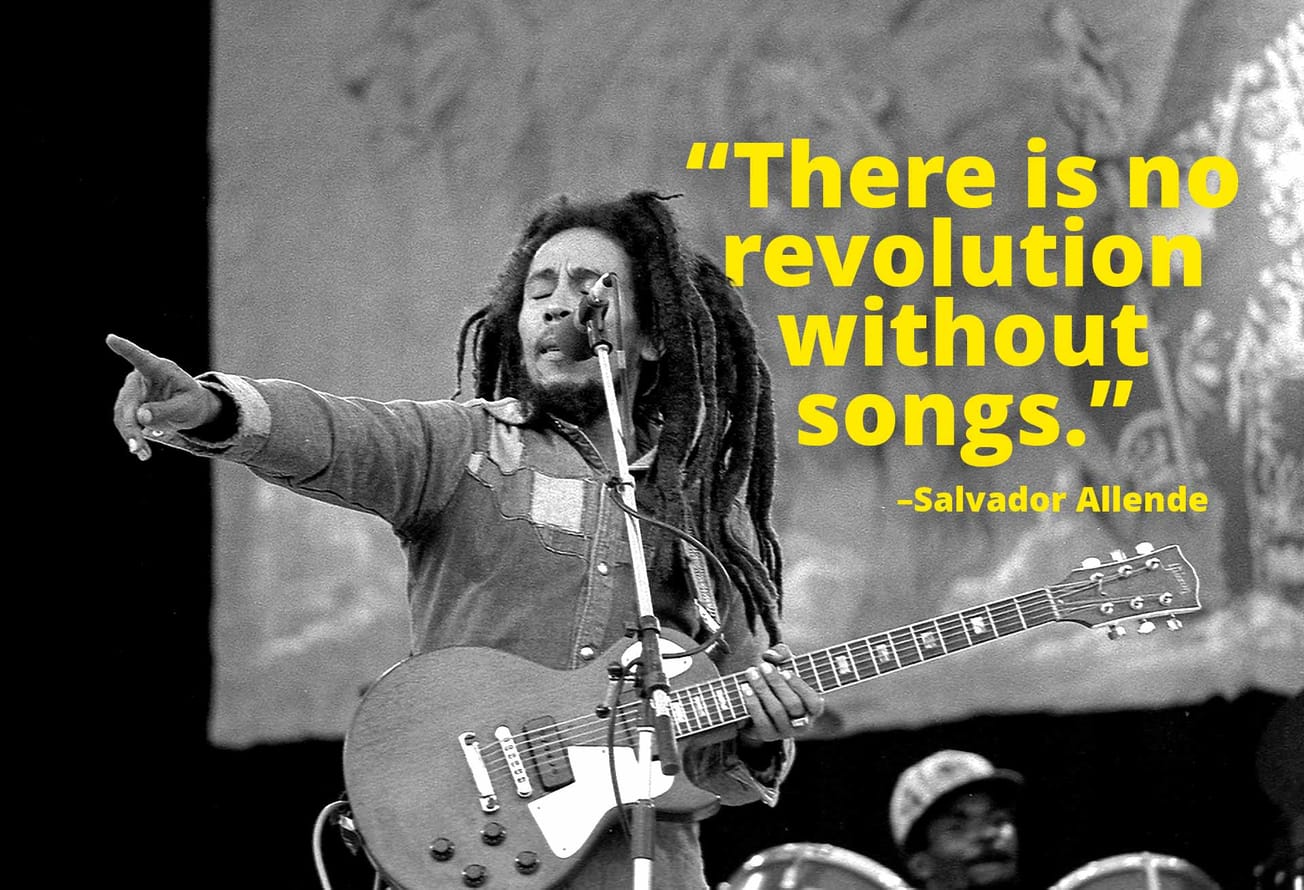The natural course of many rivers, waterways, and floodplains has been altered over the centuries to accommodate human settlements and infrastructure. While this allowed for economic and community development, it also degraded the health of these vital ecosystems and put countless homes, businesses, and infrastructure at risk from flooding.
In an insightful conversation on this episode of "Nature Is", Bob Carey from The Nature Conservancy in Washington and Kathleen (Kas) Guillozet from the Bonneville Environmental Foundation discuss their work on the Floodplains by Design initiative (FbD), which aims to restore river corridors and reduce flood risks in the Pacific Northwest using nature-based solutions.
"Freshwater ecosystems account for 55% of all the global terrestrial (or non-marine) ecosystem services or benefits that people get, but they take up only 4% of the landscape." Source: Nature
One of the many unique aspects of this initiative is the pioneering approach co-managers and partners took to collaboration through an ambitious public-private partnership focused on building resilient river communities and ecosystems across Washington State.
By breaking down silos and bringing together diverse partners – tribes, local governments, farmers, engineers, and vulnerable communities – the initiative promotes collaborative, holistic river management.
As Bob Carey explains, "We realized that all the good work we and many other partners were doing to conserve these vital freshwater systems was being undermined by human activities degrading these systems elsewhere in the watersheds and river corridors." The solution lies in coordinated, integrated actions that benefit both people and nature.
A key facet of Floodplains by Design is leveraging nature-based solutions – approaches that work with natural processes to address challenges like flooding, drought, and habitat loss. By reintroducing features like beaver dams, log jams, floodplain reconnections and re-meandering streams, these projects absorb the impacts of extreme weather events while restoring critical ecosystems.
To this end, Kas Guillozet notes, "We can take solace in actions that remove people and infrastructure from harm's way, restore those critical habitats, and support communities' efforts to craft good solutions moving forward."
Since 2013, the Washington State Legislature has appropriated $283 million to support large-scale, multiple-benefit projects across the state through the Floodplains by Design grant program. These investments are reducing flood risk for 85 communities across the state while restoring over 131 miles of salmon habitat, increasing agricultural viability, enhancing outdoor recreation, and improving local economies. For every $1 invested in flood mitigation, communities save $7 in damages avoided.
Crucially, the initiative amplifies local voices by empowering local communities and indigenous tribes to lead the way. "The implementing partners in the local communities are everything," says Kas. "They're the ones with decades of pre-conversation, relationship-building, planning for agricultural resilience, salmon recovery, tribal treaty rights, and urban development." By providing flexible funding and fostering peer learning, Floodplains by Design amplifies these voices and respects the deep connections between people and place.
Another attribute of the initiative’s success has been its interface with state policy. The broad Floodplains by Design network of partners engages policymakers to improve policies that support smarter growth management and urban planning, increased funding for nature-based solutions, streamlining permitting or grant management processes, or even leveraging state investments with environmental markets. It’s a systems-based approach that isn’t just about changing how the work on the ground is done in collaboration, but also how we fund and manage that work.
Bob Carey explains, "The network of FbD actors has shown that this collaborative, holistic way of working works." Now, there's interest in replicating this model in other states, guided by key principles like working with nature, community-driven solutions, and inclusive collaborative processes.
As our climate continues to change, initiatives like Floodplains by Design provide a path forward – one that recognizes the interdependence of human and natural systems. By restoring rivers, we can revive communities and ecosystems alike. Tune in to the full episode to hear more inspiring stories from the frontlines of this important work!
References:


